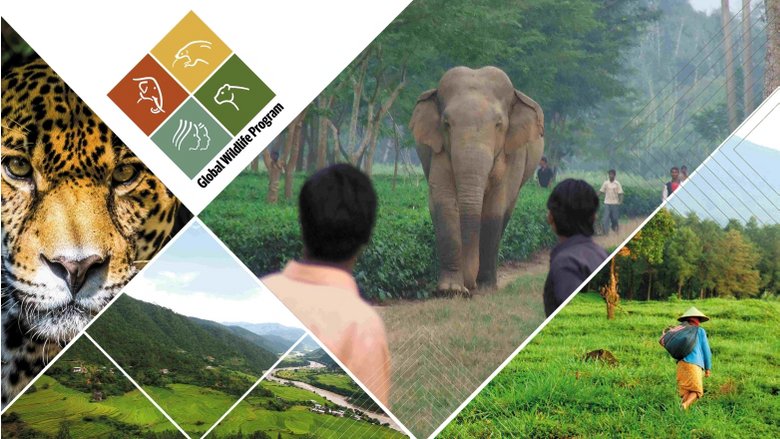Human-wildlife conflict is one of the most pressing issues facing biodiversity conservation and sustainable development. Human-wildlife conflict is when encounters between humans and wildlife lead to negative impacts, such as wildlife raiding crops, attacking livestock, injuring people, or damaging property, often leading to the loss of livelihoods and exacerbation of poverty. It can occur in and around protected areas or along migratory corridors where agricultural landscapes overlap with wildlife habitat. These socio-economic consequences can negatively influence perceptions of people towards wildlife and conservation efforts and, in retaliation, people may kill or relocate the problem animal.
A wide range of species groups are involved in human-wildlife conflict, from those that are common, to mammals of conservation concern such as elephants and large carnivores (e.g. lions, jaguars, snow leopards, tigers). The latter are at risk of further decline due to these conflicts. This is why Parties to the Convention on Biological Diversity (CBD) included within Target 4 of the Kunming-Montreal Global Biodiversity Framework (KMGBF) the need to ‘…effectively manage human-wildlife interactions to minimize human-wildlife conflict for coexistence’. This is the first time that human-wildlife conflict has been explicitly referenced within global targets for biodiversity, reflecting an increase in political attention.
In the lead-up to the adoption of the KMGBF, the GEF-funded, World Bank-led Global Wildlife Program (GWP) completed a global survey to understand the context behind increasing attention by governments to the issue of human-wildlife conflict. The survey explored government perceptions of the severity and scale of human-wildlife conflict, as well as the effectiveness of their country’s response. The top insights from the global survey completed by 70 countries[1] are summarized below.
Human-wildlife conflict is increasing globally, but especially in low-income countries.
Rapid population growth, high dependence on natural capital, shifting land use patterns that bring people and natural habitats into close contact, and a lack of financial resources to respond make low-income countries most susceptible to human-wildlife conflict. When asked about the nature of human-wildlife conflict, almost two thirds (64%) of responding governments noted that it was a “major” and “serious” concern in their country, a statement that was most supported by low-income countries (86%) and respondents from Africa (72%; Figure 1). Responses on the increasing nature of human-wildlife conflict were more conclusive, with 73% of countries agreeing that human-wildlife conflict “is increasing” (Figure 1), particularly among low-income countries (86%) and also lower-middle- and upper-middle-income (74% and 78%, respectively) categories. A similar pattern emerged across other regions that human-wildlife conflict is becoming more prominent (73% in Latin America and the Caribbean; 67% in Asia and Pacific; and 67% in Europe). Key drivers of human-wildlife conflict, such as changes in habitat fragmentation, shifting wildlife and human populations, and natural disasters, occur globally and underpin these perceptions.
